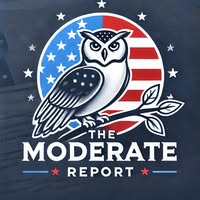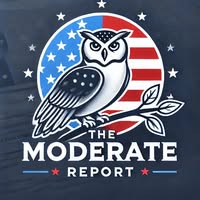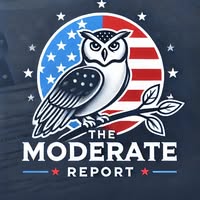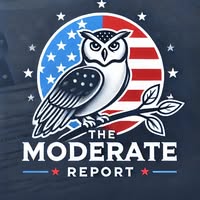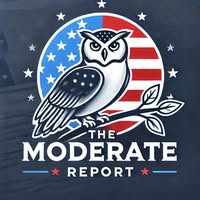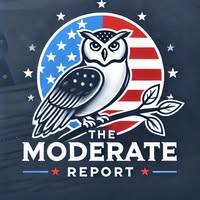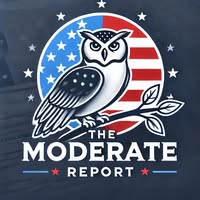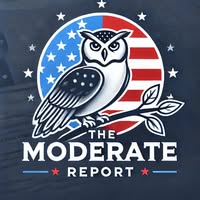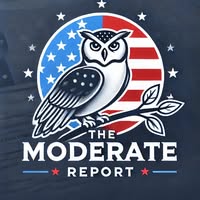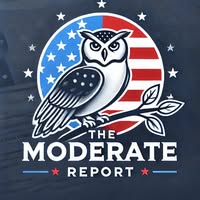The Man Running Israel’s Intelligence Operation
by Yossi Melman and Dan Raviv for ProPublica ProPublica is a nonprofit newsroom that investigates abuses of power. Sign up to receive our biggest stories as soon as they’re published. David Barnea, the director of the Mossad for some of the most remarkable successes in its storied history, never intended to be an intelligence officer. As a young man, he served as a team leader in the Israeli military’s most elite commando unit and then came to New York to study for a career in business. After earning a master’s degree in finance at Pace University, he took jobs at an Israeli investment bank and then a brokerage firm, the first steps toward a career in which the biggest danger was an unexpected shift in the world’s financial markets. Barnea’s world was jolted in November 1995 when an extremist right-wing Israeli assassinated Prime Minister Yitzhak Rabin at a peace rally. Rabin had signed the 1993 Oslo Accords with Yasser Arafat, leader of the Palestine Liberation Organization, and was pushing for a two-state solution to decades of conflict between Arabs and Jews. “The Rabin assassination shocked him like many other Israelis,” recalled David Meidan, a retired senior Mossad operative considered Barnea’s mentor. He said the killing prompted Barnea, at age 30, to rethink everything and look for “some meaning in his life.” A friend suggested he apply to the Mossad, and after passing the required physical and psychological tests, he was accepted into the agency’s trainee program. Barnea showed a knack for spotting, recruiting and running agents who would work for the Mossad inside countries hostile to Israel. A year after he joined the spy agency, he became a case officer in its Tzomet, or Junction, division. Meidan said Barnea had the qualities essential for success in the role: “emotional intelligence and empathy.” His foreign postings included years in a European capital, where Mossad colleagues said he proved to be charming, focused and determined. The latter qualities were evident from an early age. Barnea was born in Ashkelon, Israel, in 1965. His father, Yosef Brunner, left Hitler’s Germany in 1933 for British-ruled Palestine and eventually served as a lieutenant colonel in the early years of the Israel Defense Forces. At age 14, Barnea’s parents enrolled him in a military boarding school. He became a fitness fanatic and still runs or cycles when he has the chance. When it came time to do his required military service, Barnea won a coveted spot in the Sayeret Matkal, an elite commando unit frequently dispatched across Israel’s borders to collect intelligence or carry out covert attacks or sabotage. In the 1990s, when he began his career as a spy, the Mossad’s main focus was on Palestinian terrorism. Barnea, who speaks Arabic, proved adept at running agents in and around the PLO and other organizations. He rose through the ranks and was part of the Mossad’s leadership when it decided to make gathering intelligence on Iran its top priority in 2002. The shift reflected growing concern about Iran’s secretive nuclear program and its ties with powerful regional proxies such as Hezbollah. In 2019, Barnea was named deputy head of the Mossad and chief of its operations directorate. Within the agency, he stood out as an advocate of aggressive operations aimed at Iranian scientists, nuclear sites and Iran’s growing arsenal of missiles that could reach Israel. In November 2020, Barnea oversaw the operation that assassinated Mohsen Fakhrizadeh, a physicist and Islamic Revolutionary Guard Corps general who was in charge of the military aspects of Iran’s nuclear program. After months of surveillance by non-Israeli agents, the Mossad was able to figure out Fakhrizadeh’s travel patterns. A plan was hatched to park a Nissan pickup truck by the side of the road and install a unique remote-controlled machine gun on its bed. The weapon had a sophisticated camera and artificial intelligence software that would identify Fakhrizadeh and shoot only at him. The operation was controlled from Mossad headquarters, north of Tel Aviv, where Barnea was joined in the command center by his boss, agency director Yossi Cohen. They could see the nuclear physicist’s car approaching, and then the gun opened fire, hitting Fakhrizadeh several times while sparing his wife, who was sitting next to him. Seven months later, Barnea was appointed head of the Mossad by Prime Minister Benjamin Netanyahu. He is the 13th man to hold the job. In the years that followed, Barnea built on the strengths of the Fakhrizadeh operation, recruiting scores of non-Israeli agents for operations inside Iran. Those agents played crucial roles in the June airstrikes against Iran’s nuclear program, identifying the locations of nuclear scientists’ homes and knocking out Iran’s air defenses. A colleague in the Mossad’s top ranks, Haim Tomer, said that Barnea may not be as “strategic, charismatic or flamboyant” as some of his predecessors, but he has proved himself to be a “top-tier operator.” The Mossad’s successes under Barnea include the exploding pagers that decimated Hezbollah, the assassination of Iranian nuclear scientists and a Hamas political leader who was visiting Tehran, and the commando raids that destroyed Iran’s air defenses and allowed Israel to strike the nuclear facilities without losing a plane. Those missions represent a remarkable turnaround for Israelis in the intelligence community, many of whom felt they had failed the nation after the Oct. 7, 2023, attack in which Hamas killed more than 1,200 Israelis and kidnapped 251. That sense of shame was felt in every agency, even ones like the Mossad that were not chiefly responsible for monitoring Hamas. The Mossad’s directors generally serve for five years, and so Barnea, or Dadi as he is known to his staff, may be replaced by the middle of 2026; but his term could be extended as recognition of his successes. “These are historic days for the people of Israel,” Barnea told a gathering of operatives at Mossad headquarters after the brief war in June, where he referred to his close cooperation with the CIA. “The Iranian threat, which

